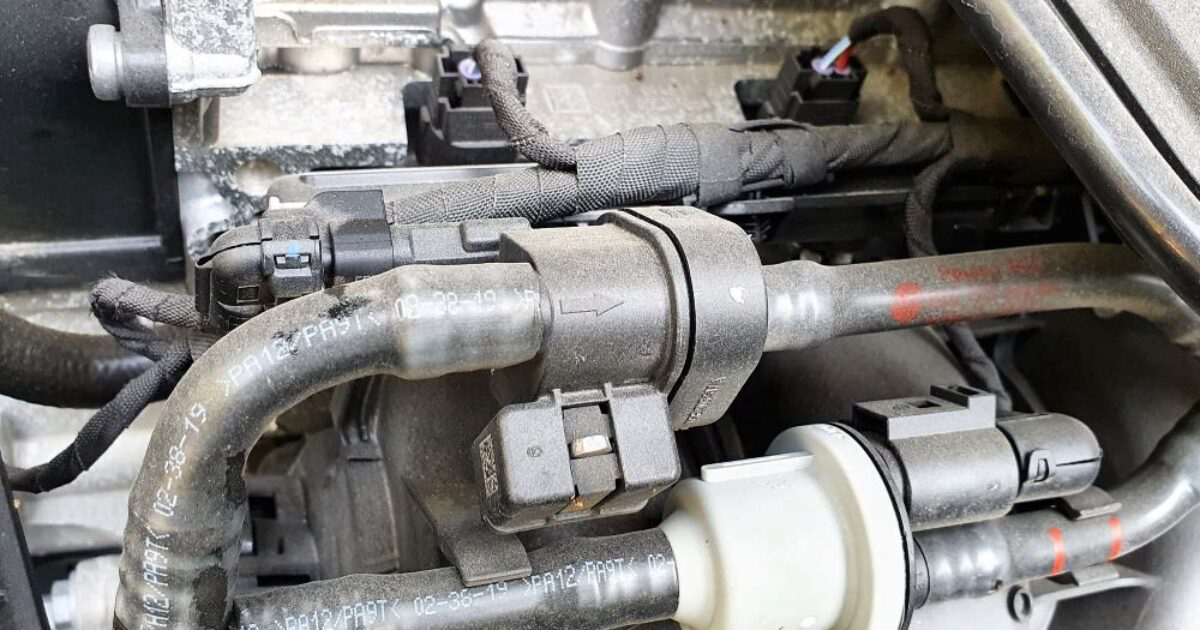The engine of your car is a complicated machine that needs several parts to function properly. The purge solenoid valve is an essential component of the engine’s emissions management system. This valve may gradually fill with dirt and debris, which will affect engine performance and raise emissions. This article will walk you through the straightforward procedure of how to clean purge solenoid valve in your car, preserving the economy of your vehicle and contributing to a cleaner environment.
Table of Contents
Explain Purge Solenoid Valve
A car’s purge solenoid valve is a tiny but crucial component of the engine’s emissions management system. As a large breathing machine, visualise the engine of your car. It inhales fuel and air, burns them, and then exhales the byproducts as exhaust gases. Now, occasionally, it’s necessary to control fuel vapours to prevent pollution from occurring when they escape into the atmosphere. The purge solenoid valve comes into play here. It acts as a sort of gatekeeper for these vapours.
How Does Purge Solenoid Valve Work?
A canister that stores fuel vapours is opened when your automobile is operating. These vapours are allowed to enter the engine’s intake manifold when the purge solenoid valve opens. By assisting the engine in burning them up, hazardous emissions are decreased, and fuel economy is increased.

To help your automobile run cleaner and more effectively, think of the purge solenoid valve as a traffic officer for gasoline vapours, making sure they go where they’re supposed to. For the health of your car and the environment, it is crucial to keep it clean and functioning correctly because if it becomes blocked or dirty, problems may result.
Common Causes Of Dirty Purge Solenoid Valve
There are a few straightforward reasons why a car’s purge solenoid valve could get dirty:
1. Dirt And Dust:
Cars are subjected to the outside environment, which is made up of dirt, dust, and other small particles. Over time, some of this debris may find its way into the valve, dirtying it.
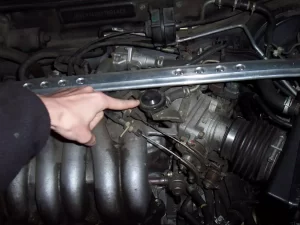
2. Fuel Residue:
On occasion, minute fuel particles may manage to escape from the engine and enter the valve. Fuel can evaporate into petrol, and some of it passes through the valve, causing this to occur.
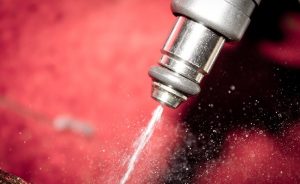
3. Oil Vapours:
Your engine also creates oil vapours, and with time, these vapours can get inside the valve and contaminate it.
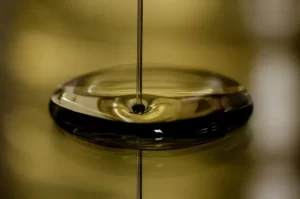
4. Normal Wear And Tear:
As your car operates, certain parts may gradually deteriorate, which may result in a few small pieces of debris.

Therefore, these are some common causes of the bad purge solenoid and valve. You need to follow our full article, additionally, to learn how to clean purge solenoid valve in your car.
How To Clean Purge Solenoid Valve?
Gather the following equipment and supplies before you begin cleaning the purge solenoid valve on your car:
- Wrench or socket set
- Screwdriver
- Pliers
- A clean cloth
- A can of electronic contact cleaner
- Safety goggles and gloves
Step-by-Step Cleaning Guide:
Therefore, so that now you have everything, so let’s begin:
Step 1: Safety First
The greatest focus is safety. Ensure that the engine is off, the key is not in the ignition, and your car is parked on a level surface. To safeguard your hands and eyes when cleaning, put on safety goggles and gloves.
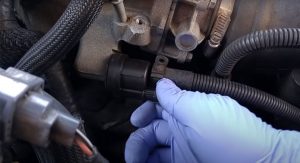
Step 2: Locate The Purge Solenoid Valve
Find the purge solenoid valve by lifting the hood of your car. It usually takes the form of a little cylindrical or rectangular part that is attached to the engine’s intake manifold or close to the firewall.
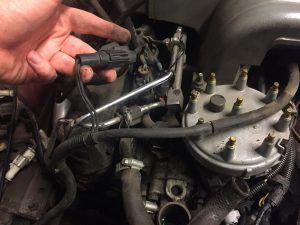
Step 3: Disconnect The Electrical Connector
To gently detach the electrical connector from the purge solenoid valve, use pliers or your fingers. Take care not to harm the connector or wires.

Step 4: Take The Valve Out
To remove the bolts or nuts holding the purge solenoid valve to the car, use a wrench or socket set. Pull the valve carefully away from its mounting bracket once it is free.
Step 5: Clean The Valve
Clean the ports and openings of the valve with an electrical contact cleaner. This will aid in dissolving and getting rid of any dirt, carbon buildup, or debris that might be resulting in the valve acting up. Wipe away any extra residue with a clean cloth.
Step 6: Reinstall The Valve
Use the wrench or socket set to reattach the valve to the mounting bracket once it has been thoroughly cleaned and dried. Ensure that it is firmly attached.
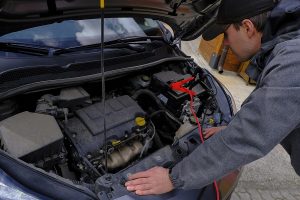
Step 7: Reconnect The Electrical Connector
The purge solenoid valve electrical connector should be carefully reconnected until it clicks into place.

Step 8: Check The Engine
Start the engine of your car and listen for any odd noises or problems. Your purge solenoid valve has been successfully cleaned if everything feels and sounds normal.

Repairing Cost To Fix The Dirty Purge Solenoid Valve
Including materials and labour, repairing a malfunctioning purge solenoid valve in an automobile normally costs $50 to $200. The precise price may vary based on the make and model of your car as well as the location of the repair shop. Some people opt to change the valve on their own, which can save labour costs but may need purchasing tools if you don’t already have them. To preserve your car’s performance and lower emissions, it’s critical to replace a dirty or broken purge solenoid valve right away. For a specific quote, always verify with your neighbourhood mechanic or auto repair shop.
Frequently Asked Questions
Now that we’ve covered all the aspects of the topic how to clean purge solenoid valve in your car. Therefore, now let’s delve into some FAQs to gain more insights about the topic.
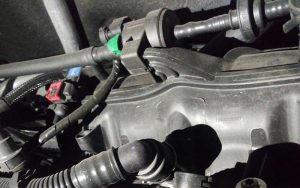
1. Why Does My Car’s Purge Solenoid Valve Accumulate Dirt?
Ans. Being exposed to fuel system vapours causes the purge solenoid valve to become soiled. It may become clogged over time by dirt and debris from the engine and surroundings.
2. How Can I Tell Whether A Purge Solenoid Valve Is Dirty?
Ans. Poor gas mileage, difficult idling, and increased emissions can be caused by a dirty valve. Checking and cleaning the valve is a good idea if your car exhibits these symptoms.
3. How Frequently Should I Clean My Car’s Purge Solenoid Valve?
Ans. A reasonable rule of thumb is to inspect and clean it every 30,000 miles or as instructed in your car’s care handbook. Cleaning intervals can vary, but this is a good starting point.
Conclusion:
Therefore, if you’re wondering how to clean purge solenoid valve in your car. Moreover, refer to our article in detail to gain more insights. The purge solenoid valve on your car can be easily cleaned, which can improve engine efficiency and cut emissions. You can perform this maintenance procedure by yourself with the correct tools and a little perseverance to keep your car in good working order. To keep your automobile in great shape and help the environment, remember to undertake this cleaning regularly.
Now, that we’ve covered all the aspects of your query. We hope the above-mentioned information will be helpful to all the viewers. Additionally, if anyone faces any doubts feel free to contact us. Thank you for reading!
